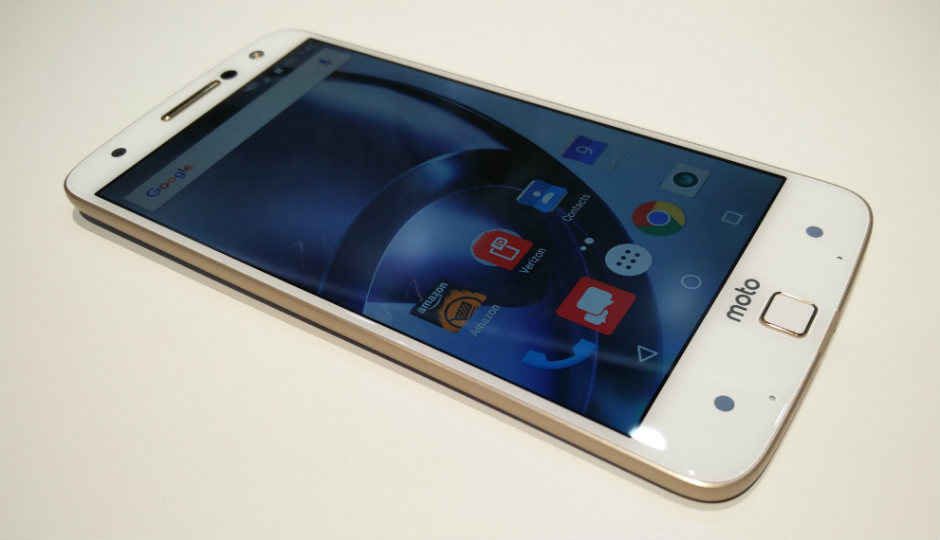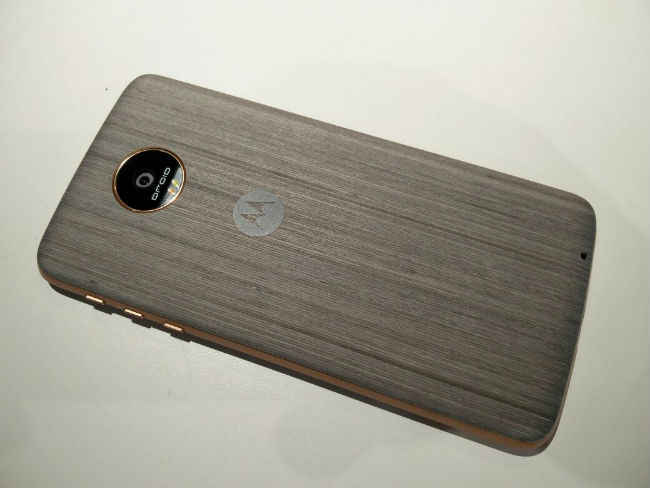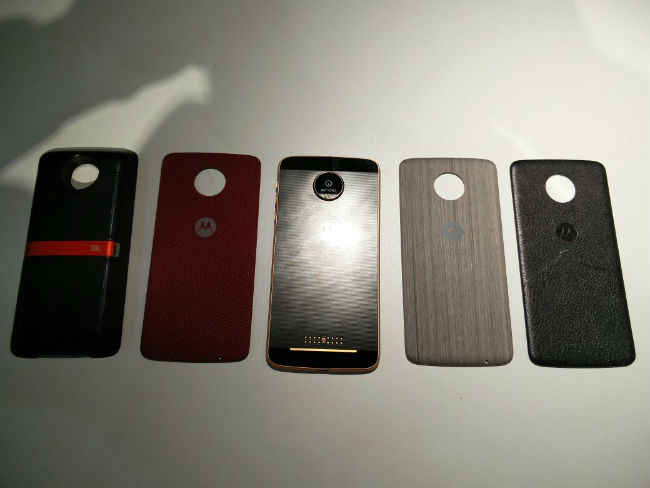Watch: The Moto Z and Moto Z Force in action, along with Moto Mods

Check out Moto's latest flagship smartphones with modular plates available to customise it.
Motorola’s latest smartphones, the Moto Z and the Moto Z Force, have a lot of us divided on opinion here. While some deem it to be a rather innovative feat in designing, others are not too convinced with its unconventional bearings. However, there’s no denying that the Moto Z is a really interesting smartphone. For one, it is the slimmest among the latest generation flagship smartphones, and as Jayesh ‘Big Daddy’ Shinde put it, both the smartphones are really lightweight. The Moto Z weighs 136 grams and is only 5.19mm in thickness. The Moto Z Force, with its ShatterShield display, weighs 163 grams and is 6.99mm slim.
Both the smartphones are powered by Qualcomm’s flagship-class SoC, the Snapdragon 820. Both house 4GB of RAM, along with 5.5-inch AMOLED display panels with Corning Gorilla Glass 4 on top, and display resolution of 1440×2560 pixels. Both the devices present 32GB or 64GB of UFS 2.0 storage. While the Moto Z houses a 13-megapixel rear camera with laser-assisted AF, OIS and an f/1.8 lens, the Moto Z Force presents a 21-megapixel rear camera with laser-assisted and phase detection AF, along with OIS and an f/1.8 lens. The Moto Z Force here is reportedly powered by Sony’s present generation of image sensors, which brings Deep Trench Isolation to the smartphone’s camera for superior low light imaging.
The Moto Z is powered by a 2600mAh battery pack, while the Moto Z Force houses a 3500mAh battery pack. Both the devices are compatible with Moto’s latest generation TurboPower Fast Charging technology. The Moto Z smartphones come with Android Marshmallow, and Moto’s maintenance of near-stock Android interface is yet another lucrative element of the two Moto flagships. While none of the two present Ingress Protection ratings of water and dust resistance and proofing, the two devices include water-repellant nano coating, which should protect the device from an accidental spill or two.
The Moto Z Force, meanwhile, uses a second generation version of the Moto ShatterShield display. This should technically improve the touch response and clarity of the display, alongside maintaining its strength. The Moto Z and Moto Z Force also leave out a traditional 3.5mm audio jack in favour of USB-C audio, similar to what we recently saw with the LeEco Le 2. Moto is thankfully including a USB C-to-analogue adapter to plug in your traditional headphones, but this will also mean more manufacturers will now be urged to manufacture USB C-driven headphone connectors. Theoretically, USB-C audio delivery can improve the audio performance as data transfer rates are faster, although Moto has not categorically mentioned major audio performance improvements with the new devices.
Another major attraction behind the new devices are Moto Mods. Attaching with a magnetic connector placed on the rear of both the devices, Moto Mods present a variety of style and function plates to improve your phones’ looks, or at times, specific aspects of the two devices. For instance, style plates include wood, leather and fabric-patterned back plates to customise the devices’ looks. Other functional Moto Mods plates include one with JBL SoundBoost speakers, a kickstand plate, and further others with battery improvements or a mobile projector.
Moto is yet to clarify its pricing, and from what we have heard, the devices will sell from September 2016. Moto has worked at packing in latest generation technology, alongside possibly presenting the first efficient implementation of modularity in smartphones. We cannot give an exhaustive judgement until we get more time with the devices, but until now, the Moto Z (and particularly the Moto Z Force) seem to be what we have come to expect from Moto.






